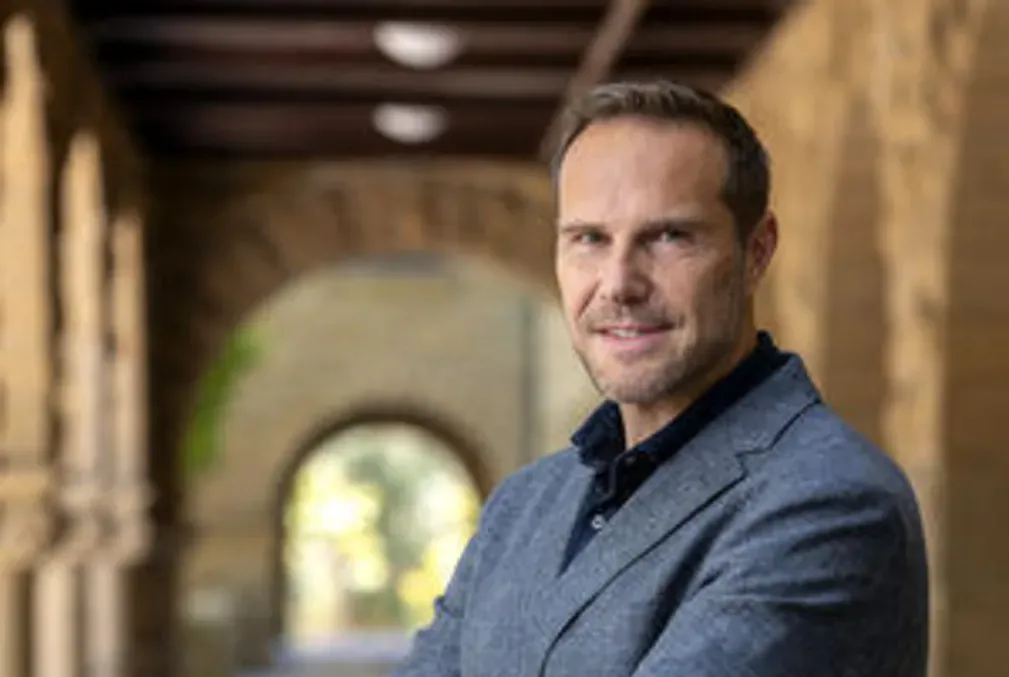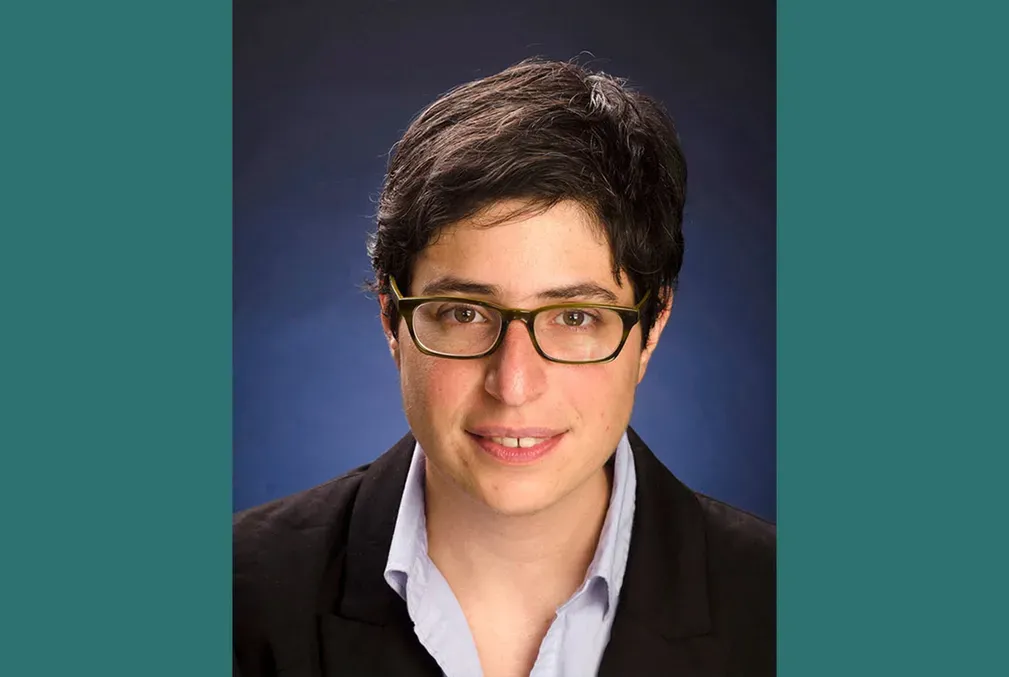New study shows that partisanship trumps truth
Stanford researchers upend established understanding and demonstrate bias across political and educational lines when it comes to falling for misinformation—and rejecting real news.
For many years, the conventional wisdom was that only highly biased, less educated media consumers would put partisanship over truth — in other words, they would believe news that confirmed their worldview, regardless of whether it was true. Then, studies done in the past few years showed that media consumers of all backgrounds put truth above partisanship, with a 2021 review paper claiming that the veracity of the news was more than four times more impactful than whether it confirmed a participant’s political beliefs.
But on the precipice of a national election where the stakes, along with the quantity and toxicity of misinformation, could not be higher, a new study led by Stanford psychology scholars upends that general understanding of news literacy.
Published Oct. 10 in the Journal of Experimental Psychology: General, the study finds that the public at large tends to put partisanship over truth when consuming news. This holds true across the political spectrum, education levels, and reasoning ability.
“We saw an effect of people being more influenced by political alignment than truth,” said Michael Schwalbe, lead author and postdoctoral scholar in the Department of Psychology in the School of Humanities and Sciences. “We saw it on both political sides and even among people who scored well on a reasoning test. We were a bit surprised to see how widespread this tendency was. People were engaging in a lot of resistance to inconvenient truths.”
The research uncovered surprising ways that partisanship affected news analysis. For example, in one measure of bias, the researchers assessed people’s beliefs about their political side’s objectivity as compared to the other side. Ironically, those most confident in their political side’s lack of bias were the most biased.
In addition, the effect of partisan bias was stronger for real news than fake news. That is, people were more likely to disbelieve true information that challenged their political worldview than to accept false information that confirmed their worldview.
“Everyone thinks it’s the other person who is the problem,” said Geoffrey L. Cohen, the James G. March Professor of Organizational Studies in Education and Business, professor of psychology in H&S, and senior author of the study. “People say, ‘Not me!’ But it turns out, like with a lot of social psychological research, it’s actually a pretty pervasive problem across political parties and up and down the educational ladder. The problem isn’t just misinformation but the filters of our own mind—perhaps more so.”
Even outlandish headlines fool the populace
The study is based on research conducted in 2020 with a sample of the voting-age U.S. population matched to the demographics of the census. The sample included proponents and opponents of former President Donald Trump, then running for re-election.
The findings contradict earlier research due to differences in methodology, according to Cohen, who is also a professor of psychology in the Graduate School of Education. For example, the researchers made up news headlines, while earlier studies relied on existing ones. The other studies also allowed subjects to see the news sources, which might have influenced whether they believed them, as opposed to merely trusting (or not) in the headlines themselves. Finally, earlier experiments informed the subjects of what was being studied, while the Stanford group used a cover story about memory and communication, and even included foil questions, so that participants would not be aware of the nature of the study.
The research team created fake headlines such as “Trump Beats Grandmaster Chess Champion” and “Trump Attended Private Halloween Gala with Sex Orgies Dressed as the Pope” and found that Trump supporters and opponents believed those that aligned with their views more than they believed true headlines that did not align with their views.
“If you can show that partisanship even matters for whether you believe outlandish headlines, it must matter a lot,” Cohen said.
One contributing factor for this state of affairs, the researchers suggest, is increased consumption of partisan media. “We found that the strongest predictors of bias include extreme views of Trump, a one-sided media diet, and belief in the objectivity and lack of bias of a person’s own political side relative to the other side,” Schwalbe said.
Previous work by the researchers found evidence that some of these tendencies may repeatedly reinforce one another over time. The team's findings highlight concerns about news consumption in the 21st century. The rise of social media and the constant availability of partisan news have made it easier to access one-sided information, which can reinforce people's belief in their personal objectivity and thus deepen polarization over time.
“Pre-bunking” and other solutions
As with any diagnosis, the natural next question is what interventions might help. Cohen suggests “pre-bunking” — that is, a sort of proactive fact-checking in which media sources warn of possibilities for misinformation or people independently learn to recognize tactics of manipulation. (In 2022, for example, some social media companies alerted users that election results might not arrive on election night.) Fact-checking itself is another potential tool, as is retooling algorithms to prioritize truth over clickbait or rage bait.
Schwalbe and Cohen stress that the problem won’t be solved solely by policies focused on fake news because people are also biased in their disbelief of true news. Instead, they emphasize the importance of teaching intellectual humility, in which media consumers recognize that their minds are fallible and learn to question their perceptions.
“There’s still much more to do to understand the problem,” Schwalbe said. In other words, this study lays the groundwork for further investigation.
Acknowledgements
Cohen is also the author of Belonging: The Science of Creating Connection and Bridging Divides (Norton, 2023), which explores the biases that divide us and how to overcome them. Additionally, he is a member of the Wu Tsai Human Performance Alliance and a faculty affiliate of the Institute for Human-Centered Artificial Intelligence (HAI) at Stanford.
Additional co-authors include Katie Joseff, a former Stanford graduate student in the Department of Communication in H&S and Samuel Wooley, formerly a professor at the University of Texas at Austin and now at the University of Pittsburgh.
Media Contact
Marijane Leonard, School of Humanities and Sciences, marijane [dot] leonard [at] stanford [dot] edu (marijane[dot]leonard[at]stanford[dot]edu)





